

Gordon Elf Cameo ABX Three waveband, five valve superhet, AC/DC transportable valve radio with an intermediate frequency of 430 kHz. It is housed in a walnut veneered wood case leather carrying handle. The three wavebands cover 15-60m, 200-500m and 850-2200m. The set has has an internal frame aerial and sockets for connection to aerial and earth. It is suitable for voltages between 100 and 250 volts 40-100Hz. The valve line-up is as follows: TH233,EF9,EBC3,PEN383 and CY1. Three of these have side contact (Ct8) and two have Mazda octal (MO) bases. It has been retrofitted with a circular base on which the radio can be turned for best reception. At the rear of the cabinet is a recessed tone control. There are not many of these radios around and a working model would be worth about
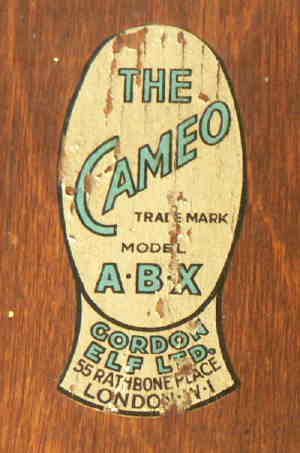
Transfer on the rear cover
As can be see from the back cover label The factory was in 55
Rathbone Place (off Tottenham Court Road) London W1. working, UK 1939
It was used by my late father in law on board ship during the Norway
Campaign during WW2 and was in regular use until the early 1980's. It
must have been purchased in late 1939 or early 1940 and he related how
he would use it with a wire aerial slung through the porthole of his
cabin.
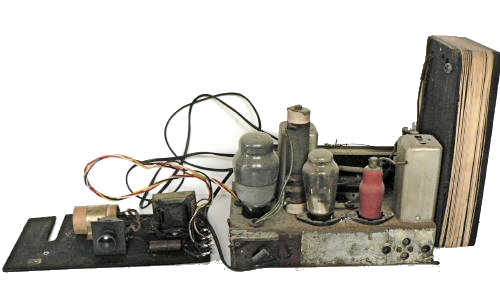
The output transformer, tone control and smoothing capacitors are
mounted on a wooden panel which is normally attached to the inside top
of the case.
I was given it in about 1986 and at that time replaced the coloured
wires between the radio chassis and the wooden panel and little else,
although it was clear that a number of repairs had been made in the
past. Recently, I noticed that the tuning knob no longer moved the
pointer along the scale so the radio had to be taken apart to effect a
repair. It was soon apparent, after cleaning off the dust, that quite a
number of things needed attention. The next job was to remove the
valves, clean them and remove corrosion from the contacts of the side
contact ones.I then turned my attention to the flimsy tin plate chassis
and re-soldered the corners and the strip across the front of the
tuning capacitor. The rubber grommets supporting the latter had
perished and with a considerable amount of fiddling I managed to
replace these. Whilst I was doing this I noticed a curious
modification, the nuts had been soldered to the screws and a solder had
been applied to the large nut on the wave-change switch. I can only
guess that this was done because of the vibration on board ship had
caused parts of the set to come adrift!
The screened rubber lead to the frequency changer was perished and in
danger of shorting to the screen so this had to be replaced which meant
that the components in the vicinity of the volume control had to be
removed. Although the 50 mFd Plessey capacitor was perfectly
satisfactory it was easier to replace it with a modern much smaller
item.The mains bypass and earth isolating capacitors were both absent
and two 630 volt X2 capacitors which were to hand were pressed into
service. In addition two decoupling 0.05mFd capacitors were replaced
with 0.047 400V items.
Some of the rust was scraped from the chassis and the contacts on the
Ct8 bases were scraped with a watchmakers screwdriver and lubricated
with contact cleaner. I then turned my attention to the panel
supporting the output transformer and dual 16/24 mFd smoothing
capacitor,Apart from the capacitors which had dried out and had to be
replaced all was well. Modern replacements were wired inside the
cardboard tube.
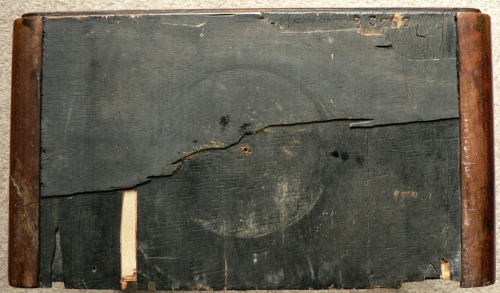
Underside of the wooden case.
The plywood bottom of the case has laminated and part is missing, but what is surprising is that the intermediate layer has been stamped with what appears to be the serial number of the radio. The remains of the top layer were removed to provide a uniform surface and glue was inserted between the lower loose areas.
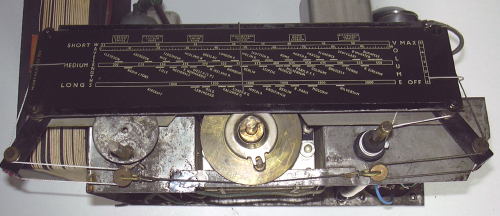
Interesting arrangement of strings and pulleys.
The broken strings have been replaced with white nylon cord. The tuning control is coupled by two slow motion drives to the variable capacitor. Note how the rigidity of the chassis relies on solder.
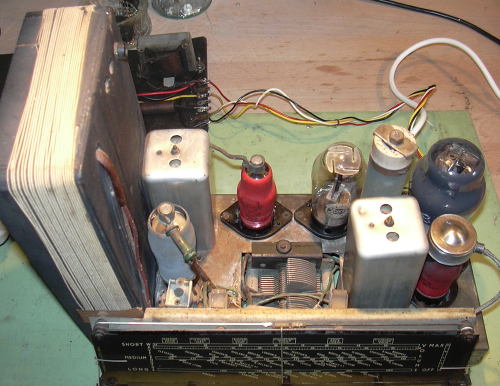
View of chassis after cleaning and repair.
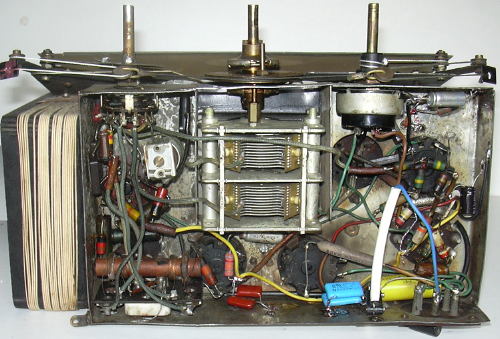
Underside, showing new components and wiring.
This view shows the the flimsy nature of the tin plate chassis construction and another puzzling anomaly, the holder for the output valve is fixed with nuts and bolts but all the others are rivetted in place. A new two core mains lead with cable clamp has been wired in place of the 'figure of eight' lead originally fitted.
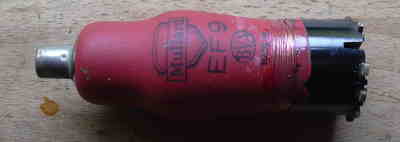
The solution to the last remaining fault.
When the set was energised it was silent but not completely
lifeless, hum could be elicited by touching the wiper of the volume
control, so obviously no signal was coming through from the e previous
stage. The probe of my AVO on one of the valve holder pins of the EF9
set the radio into a roar of noise. The poor connection required
further scraping of the contacts on the valve holder but when the valve
was replaced the noise was continuous and when the volume control was
turned up the radio 'motor boated'. Screening the valve by gripping it
caused the noise to cease. The solution to the problem was to make good
the connection between the metallising on the valve envelope and the
thin wire connected to pin 1. The red paint was removed with paint
stripper over a small area and a bunch of fine wire wound tightly round
the envelope to make an intimate contact. Solder made the connection
and 'super glue' kept the wire in place. Red nail varnish made the
repair more presentable. The radio then worked well, pulling in many
stations on all three wavebands.
I found two service sheets at http://www.savoy-hill.co.uk/
"Radio Marketing" Service Man's Manual April 1939 which indicates that
the price would have been �9.19s.6d and another dated July 1940
but
the 'Trader" sheet 455 dated March 1940 is the one that matches my
radio, this states that the release date was August 1939. Although all
three refer to the 'Cameo' model ABX they are considerably different,
there are differences in the valves used and the component layouts:
April 1939 TH2320,EF8,EBC3,PEN3520 and UR3C July 1940
TH233,EF9,EBC3,PEN3A3 and UR1C.
The case was rather scruffy and thankfully not blessed with woodworm
holes so a light application of shellac varnish after a thorough clean
and light rub down made a great improvement to the appearance. The
handle was treated with saddle soap and the metal clamps wire brushed
prior to being coated with copper sulphate to give the slight copper
finish.The speaker fabric was carefully washed and the faded brown
lines touched up with a brown felt tip pen prior to reassembly.
Replacement knobs, which I felt were more in keeping with the original
design were fitted and the case given a final wax polish.
I don't know anything about the history of Gordon Elf but have come
across the following in the THE LONDON GAZETTE, 4 APRIL, 1947 which
details its demise:
GORDON ELF, Limited.
AT an Extraordinary General Meeting of the Members of the said Company,
duly convened, and held
at 373 New Cavendish Street, W1, in the county of London on the 31st
day of March 1947, the following
Special Resolution was duly passed:
Resolved
" That the Company be wound up voluntarily and
that Ronald Maxwell Browne of 3, Robert Street, Adelphi, WC2, be
appointed Liquidator for the purposes of such winding-up."
(246)
HAL HILL, Chairman.
It seems as if there are not many of the Cameo ABX about. In 2012
one which was not in great condition was Ebay for some time with a
starting bid of �59.99 but attracted no bidders. This particular one
was originally supplied by Harrods.
I also noticed that a Gordon Elf model ARP (a battery model) was sold
on Ebay. Here are the pictures:
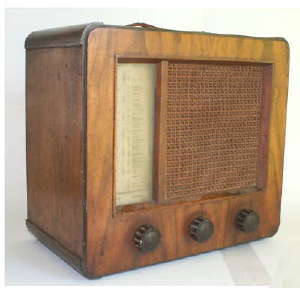
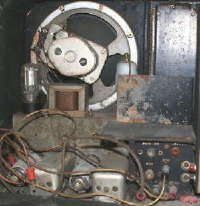
If you have anything of interest about this firm please contact me.

